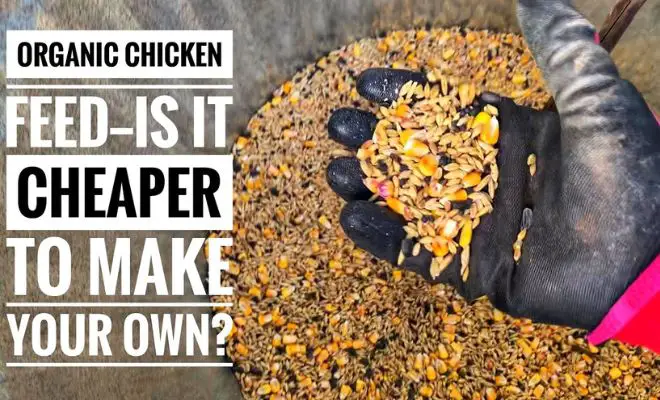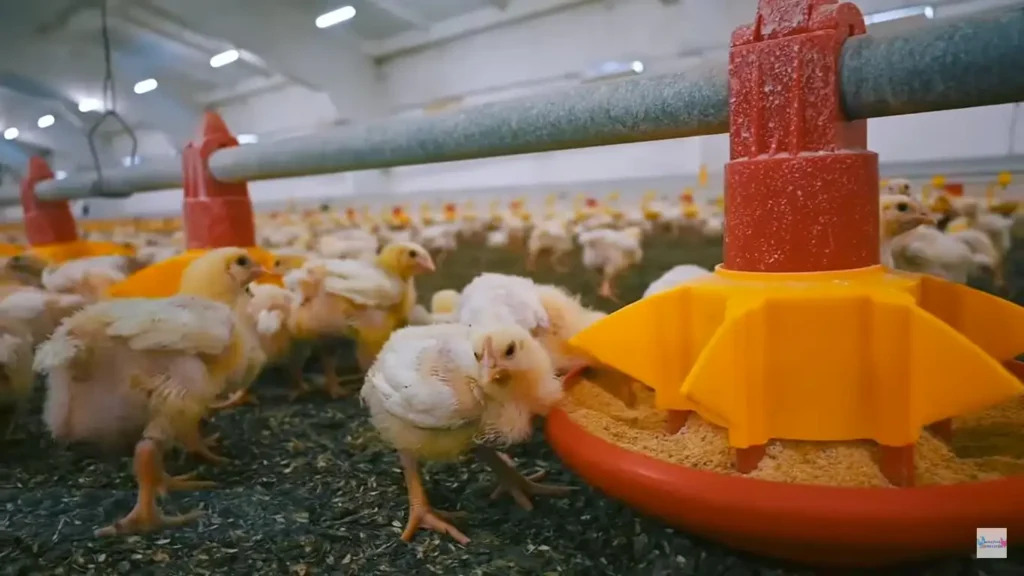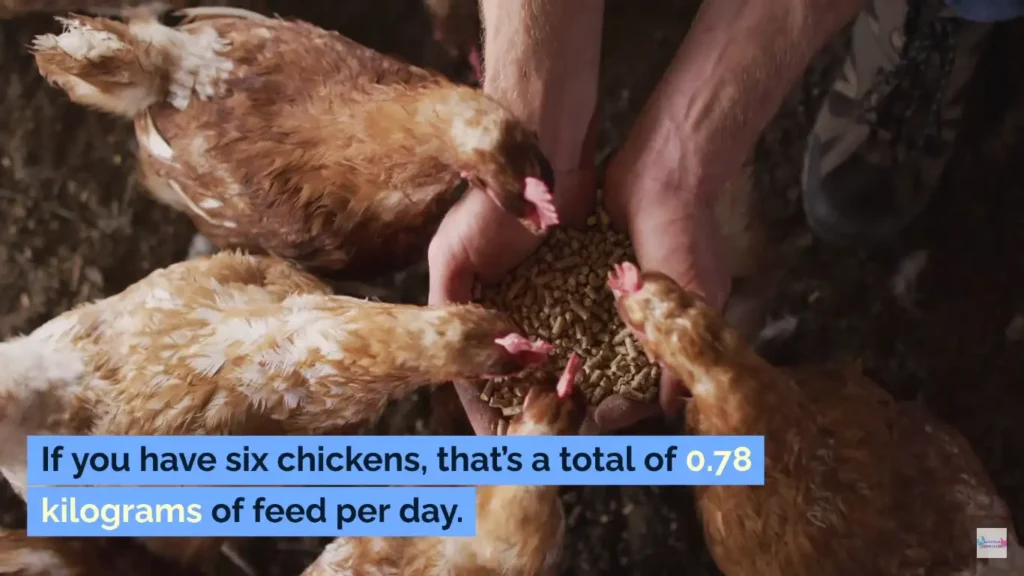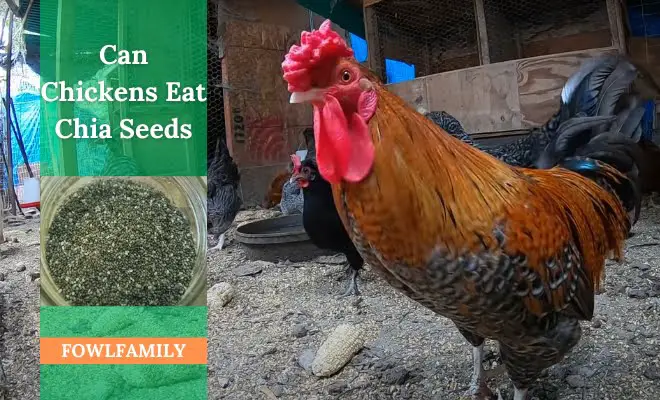Organic Homemade Chicken Feed on a Budget? It’s Easier Than You Think!

When it comes to raising chickens, providing them with nutritious and balanced feed is essential. While commercial chicken feed is readily available, many poultry enthusiasts prefer homemade chicken feed.
But, why homemade chicken feed, and how to make it? Making your chicken feed ensures a healthy and organic nutrition intake. Plus, it can save money, especially if you have a lot of chickens. You can also change the recipe to fit your chickens’ needs, like how old they are or what breed they are. It’s easy to do by mixing all the good stuff!
Let’s see chicken feed common ingredients, nutritional requirements, and simple recipes! From beginner to expert poultry enthusiasts, you’ll have a proper guideline, I promise you!
Table of Contents
Why Homemade Chicken Feed for Poultries? Understanding Chicken Nutrition
Keeping chickens fed with store-bought options can strain the wallet. Homemade chicken feed offers an alternative, but it’s important to understand their nutritional needs.
Why Consider Homemade Feed?
The commercial feed can be expensive, especially for larger flocks. Making your own allows for potentially significant cost reductions.
You choose what goes into your chickens’ feed. This can be especially attractive if you want organic ingredients or cater to specific dietary needs.
Understanding Chicken Nutrition
As you’re about to go for homemade chicken feed, here are the nutritional facts you must know –
- Grains: Corn, wheat, and oats offer a base of carbohydrates for sustained energy. So, it keeps your hen active and playful.
- Protein Power: Peas, soybeans, and sunflower seeds are packed with protein. It’s crucial for building strong muscles, and healthy feathers, and supporting egg production in laying hens.
- Fats for Function: Lard or tallow provides concentrated energy, and aids in vitamin absorption. It helps maintain a healthy weight, especially during colder months.
- Vitamin & Mineral Boost: Kelp, oyster shells, and brewer’s yeast are rich sources of essential vitamins and minerals. These micronutrients support a strong immune system, healthy bones and beaks, and overall well-being.
- Digestive Grit: Limestone or granite gravel helps grind food more effectively. It improves nutrient absorption and digestion for your chickens.
- Brewers Yeast: Brewer’s yeast boasts a high protein content, often ranging from 40-55%. The presence of live yeast cells promotes the growth of beneficial bacteria in the gut. It’s also good for healthy nerves, metabolism, and feather quality.
Benefits Beyond the Basics
Homemade feed allows you to customize the ingredients to your chickens’ specific needs. For example, you can adjust the protein content for growing chicks or laying hens.
Such feed allows you to control the quality and freshness of ingredients. It potentially leads to improved overall health in your flock.
Depending on your ingredient choices and source, homemade feed can be a more economical option.
How Do I Make My Own Chicken Feed? 4 Steps!

Now that you understand the importance of balanced nutrition and the benefits, let’s make it now!
Step 1: Homemade Chicken Feed Recipe
Remember to prioritize a balanced approach. So, here are the things you can mix to make the homemade food.
- Grains (60%): Corn, wheat, barley, oats (choose at least 2-3 varieties)
- Protein (20%): Peas, soybeans, sunflower seeds, fish meal (combine at least 2 sources)
- Fats (5%): Lard or tallow (optional, especially in winter)
- Supplements (15%): Kelp, oyster shells (crushed), brewers yeast
If you prefer organic value,
- Get source-certified organic grains, legumes, and seeds.
- You can try sprouted grains for added nutritional value.
- Oyster shells are naturally occurring and already organic.
- Kelp powder can often be found in organic forms as well.
- Add dried, crushed banana peels to your chicken feed mix for an extra boost of vitamins and minerals.
Step 2: Measure and Mix
Carefully measure each ingredient based on your chosen recipe. Grind grains if necessary to ensure even consumption by your flock. In a large container, thoroughly mix all the dry ingredients.
Step 3: Add the Extras
If using fats like lard or tallow, melt them slightly and incorporate them into the dry mix for even distribution. Add kelp powder and brewer yeast at this stage as well.
Step 4: Store it Right
Use airtight containers to store your homemade feed in a cool, dry place to prevent spoilage.
Homemade feed generally has a shorter shelf life compared to commercially produced options. So, make batches in quantities that your flock will consume within a reasonable timeframe. It can be typically a couple of weeks.
I personally think this is the best homemade chicken feed idea than the given one. Trust me!
Special Note: Make a blend using ground grains, seeds, and protein sources like mealworms to support healthy growth in baby chicks.
Homemade Chicken Feed Based On Seasons

Just like us, chickens have different needs depending on the season. By changing their homemade food, you can make sure they stay healthy all year. Here’s how:
- Spring: Hens grow and lay eggs. Give them food with more protein (25-30%) like peas or sunflower seeds. Add leafy greens like kale for extra vitamins.
- Summer: Keep their food balanced with corn, wheat, and barley. Make sure they always have fresh water, and you can give them watermelon for a treat.
- Fall: Prepare them for winter by increasing protein (up to 20%) with foods like peas. Add a bit of healthy fats like lard to keep them warm.
- Winter: They need lots of protein (around 30%) to stay warm and lay eggs. Give them foods like peas or fish meal. Also, provides grit-like limestone for digestion.
How Do You Calculate Feed Formulation?
Calculating homemade feed formulation involves some math, but it can be simplified. Here’s the basic idea:
Scenario: You want to create a basic feed mix for 10 adult laying hens. Now, how to make chicken feed for layers?
Laying hens generally need around 18% protein in their diet. You plan to use corn (10% protein), wheat (12% protein), and peas (25% protein) as your grain and protein base.
Let’s target a 10 lb batch of feed.
Since we want 18% protein overall, we need 1.8 lbs of protein in the final mix (10 lbs * 0.18 = 1.8 lbs). We can estimate a simple mix of 50% corn and wheat (filler) and 50% peas (protein source). This is a starting point, and adjustments might be needed.
- Corn (filler): 2.5 lbs (50% of 10 lbs) offers 0.25 lbs of protein (2.5 lbs * 0.1 = 0.25 lbs).
- Wheat (filler): 2.5 lbs offers 0.3 lbs of protein (2.5 lbs * 0.12 = 0.3 lbs).
- Peas (protein source): 5 lbs offers 1.25 lbs of protein (5 lbs * 0.25 = 1.25 lbs).
Checking the Math:
In this example, our initial protein content is slightly lower than the target (0.25 + 0.3 + 1.25 = 1.8 lbs).
How to make chicken feed for broilers? For broiler chickens, you focus on rapid growth and muscle development.
They need higher protein content (20-22%) from sources like soybeans, peas, and fish meal. You need to offer grains like corn, wheat, and barley to provide carbohydrates for growth.
Sample Recipe: 50-55% grains, 30-35% protein, 5-7% fats (optional), 10% supplements.
Check the following video to learn more about homemade chicken feed.
How to Keep DIY Chicken Feed Fresh?
Homemade chicken feed is great for your wallet and hens, but it goes bad faster than store-bought feed. Here’s how to keep it fresh:
- Use airtight containers to block moisture and mold.
- Store it in a cool, dry place out of sunlight.
- Make batches your chickens will eat within 1-2 weeks.
- Throw away any leftover feed that’s moldy, clumpy, or smells bad.
Homemade Chicken Layer Feed vs. Scratch Grains
Layer feed is the main course, and scratch grains are the dessert for chickens. Here are the differences in a nutshell –
Layer Feed
- Scientifically formulated for laying hens. It provides balanced protein, calcium, vitamins, and minerals for optimal health and egg production.
- Should be a staple in your hens’ diet.
Scratch Grains
- A mix of seeds and cracked corn, high in carbs and low in nutrients.
- Treat your hens with scratch in moderation, like a sprinkle after they’ve eaten their layer feed.
Homemade Chicken Feed vs. Commercial Chicken Feed
Choosing between homemade and commercial chicken feed depends on your priorities and resources. Here’s a quick breakdown to help you decide:
Homemade Feed
- You can tailor the feed to your chickens’ specific needs.
- Depending on ingredients and source cheaper than commercial options.
- Control over ingredients allows for fresher feed.
- Requires research, planning, and time for preparation.
- Can be challenging to ensure a complete and balanced diet.
- Homemade feed has a shorter shelf life and needs proper storage.
Commercial Feed
- Readily available, and requires no preparation.
- Formulated by experts to meet chickens’ nutritional needs.
- Properly stored commercial feed lasts longer.
- Limited options for specific needs.
- Can be more expensive than homemade feed, depending on brand and quality.
- Less control over the ingredients and their source.
How Much Does Homemade Chicken Feed Cost?
Determining the exact cost of homemade chicken feed can be tricky. However, we can create a general cost for chicken feed.
| Item | Cost Estimate (per pound) |
|---|---|
| Grains (corn, wheat, barley) | $0.20 – $0.50 |
| Protein sources (peas, soybeans, sunflower seeds) | $0.50 – $1.00 |
| Fats (lard, tallow) | $0.30 – $0.80 (optional) |
| Supplements (kelp powder, oyster shells, brewer yeast) | $0.20 – $0.70 |
For farm feed purposes, you need to increase the feeding capacity. So, the cost estimation will change.
Related Articles:
FAQs
Follow the next section to get more facts about DIY homemade chicken feed.
Q. Is it cheaper to make your own chicken feed?
It depends on ingredient prices and your flock size. Homemade feed can be cheaper but requires research and time investment.
Q. What should the first ingredient be in chicken feed?
For adult laying hens, the first ingredient is usually corn or another grain source to provide energy. Chicks may need a higher protein feed first.
Q. What is the best mix of grains for chickens?
There’s no single “best” mix! A good variety of grains (corn, wheat, barley) ensures a balanced diet.
Q. How to make chicken booster at home?
You can add electrolytes, probiotics, or herbs. For example – kelp or apple cider vinegar to their regular feed for a homemade boost.
Q. How many kg of feed per chicken?
The amount of feed per chicken depends on age, breed, and egg laying. Adult hens typically eat around 0.15 kg per day.
Conclusion
Making homemade chicken feed is an easy and budget-friendly way. You can customize the ingredients to meet your chickens’ needs rather than buying store-bought feed. By understanding what nutrients your chickens need, you can create a balanced diet for them.
Just remember to store the feed properly in airtight containers, and watch out for signs of spoilage. With homemade chicken feed, you can ensure your flock stays happy and healthy!






